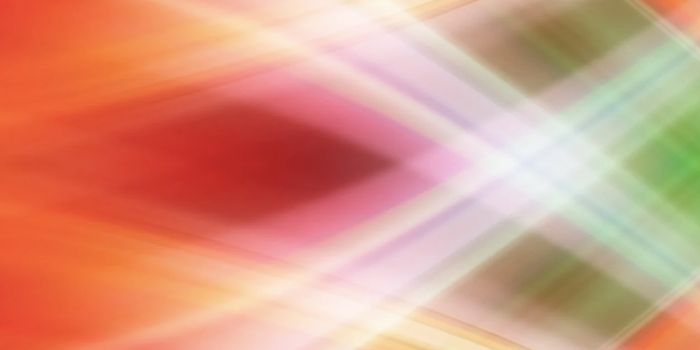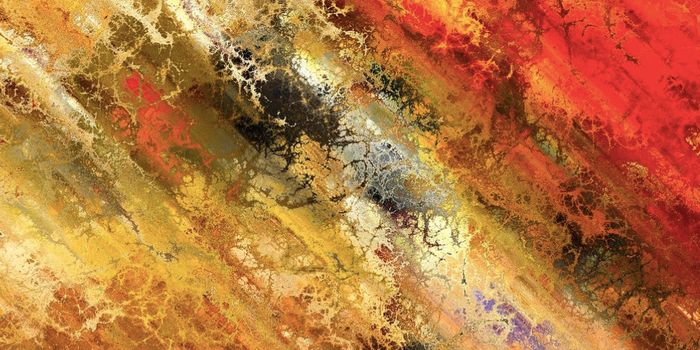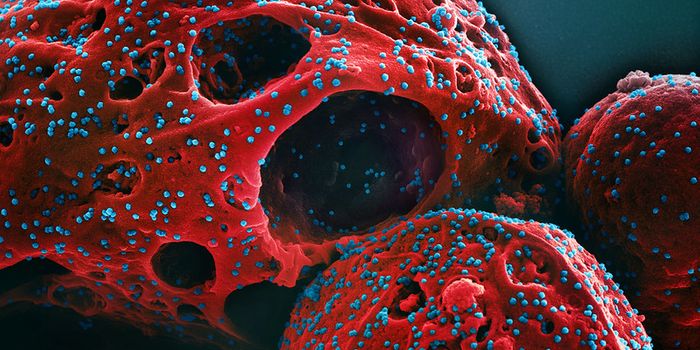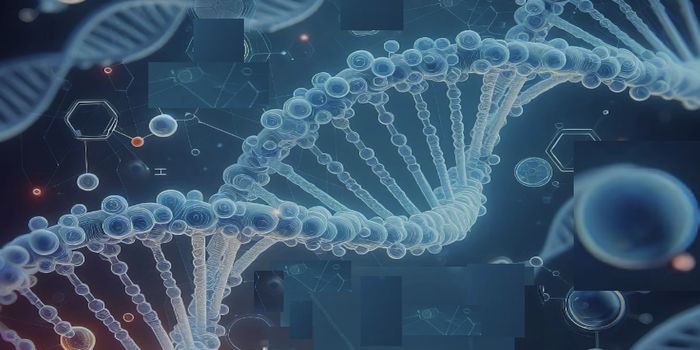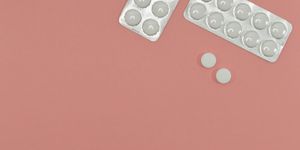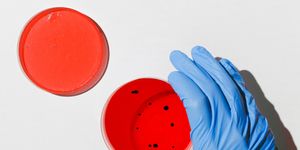How To: Recombinant Protein Construct Design
Creating recombinant proteins has become much easier over the past few decades. However, those with the skills to do design such constructs are usually limited to the biochemists who study proteins. With the increase of protein therapeutics on the market for the treatment of cancer and other diseases, construct design has become a more relevant skill in the drug discovery field. Even if you are not directly responsible for making these constructs, knowing how they are created could give you important insight into how they work and why they were made. Thankfully the actual cloning process has been optimized to be faster than ever, with DNA synthesis becoming an even more attractive way to get the actual recombinant DNA. The design process can remain a challenge, but these few simple guidelines can help.
The first, and maybe most obvious step of construct design is getting ahold of your protein’s template DNA. This can usually be found easily on an online genomic database. The next step should be to run an alignment with your protein’s amino acid sequence against one or more organisms. The alignment will give you a readout of matching sequences and their percent homology with the original input sequence. This information can help find proteins of the same family, and any homologs that might be present in other organisms. Using this data, you can now begin to decipher your own protein sequence. The basic rules are conserved sequences between proteins usually denote a critical region of the protein important for structure or function. Unique sequences tend to impart a unique function or characteristic or denote a region of the protein that has no critical function. Conserved sequences are usually shared across homologs, or families of proteins and unique sequences, particularly within otherwise conserved regions, and are different between proteins and a consequence of an organism’s evolution in a particular environment. This information can also help you find previous or current research related to your project. If your protein has little to no previous work done on it, it can be hard to find a starting point. Often experiment design and optimization can take months or even years before they can produce consistent data. This background research is critical if you want to keep your project on track and on time.
Sometimes it can be enticing to try everything under the sun and create dozens of construct designs when starting a project. Simplicity, however, is a key factor in designing a good construct. There are many mutations you can make to your protein: from point mutations, to truncations, to complex combinations of protein domains connected by linkers. Too many mutations too quickly can give confusing results, however. A good rule is to keep the construct as close to the native sequence as possible. The addition of a tag is usually required in order to facilitate purification, but other than that, try and limit each construct to one mutation until you have data suggesting you should make more complex mutants. Mutations should also be chosen very carefully as it can take weeks or months to generate and test each set of mutants. Make a note of the charge, size, and relative location of the native residue, and decide which mutant to make based on your hypothesis and project goals. Run a quick check and compare your potential mutants to past mutants from other papers, and make sure each has a specific and expected outcome. his is often the hardest part of the cloning stage, so once it’s done it’s just a matter of doing the leg work in lab to finish up.
Designing your first construct can be an exciting opportunity or even just an interesting exercise of your skills and problem-solving. It’s important to note that even if your cloning succeeds, the resulting construct may not readily purify due to any number of solubility or stability issues. Many proteins can easily be undone by a single mutation, resulting in insoluble protein, non-native oligomeric states, or very little to no yield in the expression system used. The overall challenge tends to be finding the right mutations that can test your hypothesis and produce usable protein for your experiments. I hope this short explanation was enough to help you understand construct design, and maybe even try it out for yourself.

